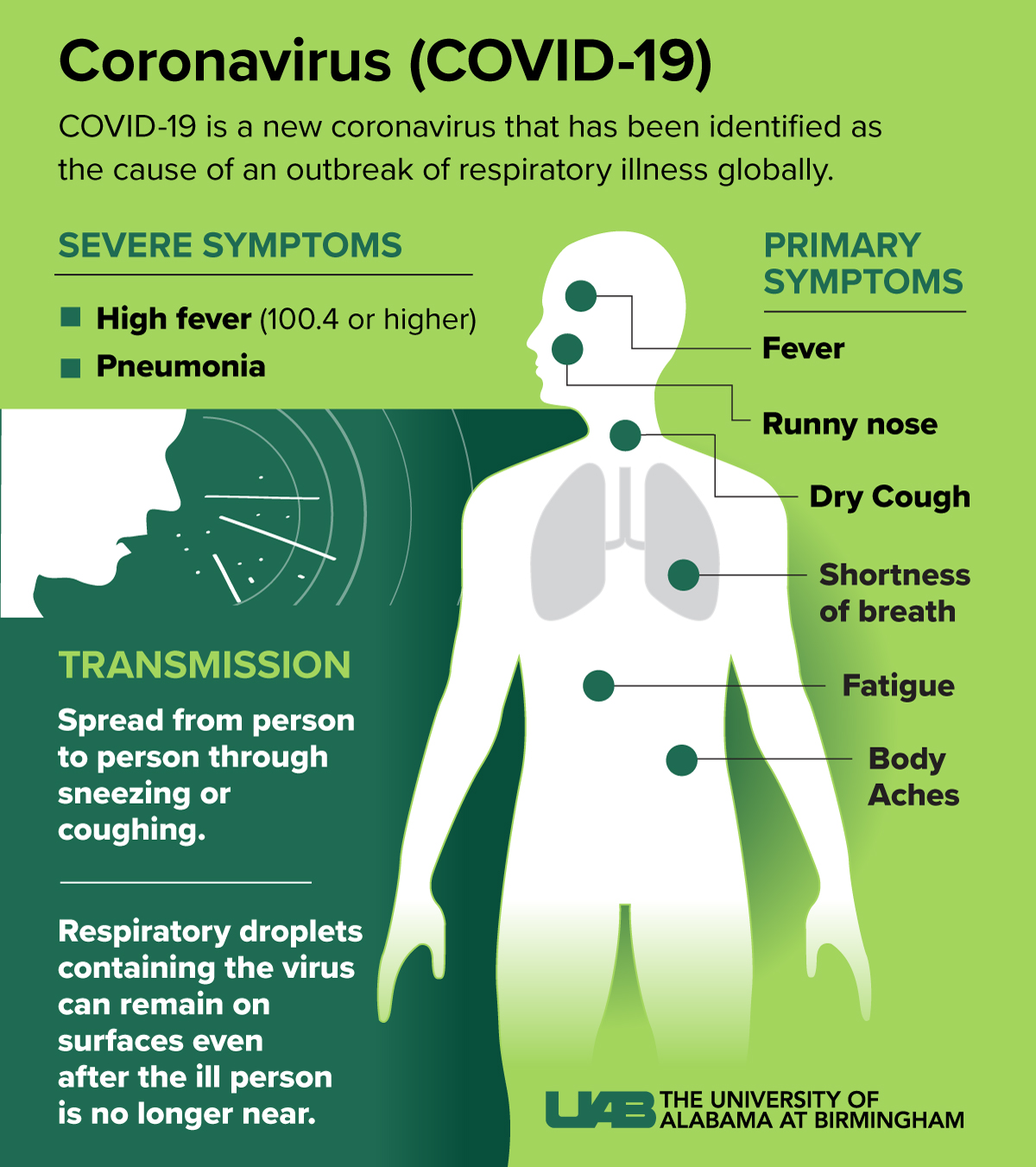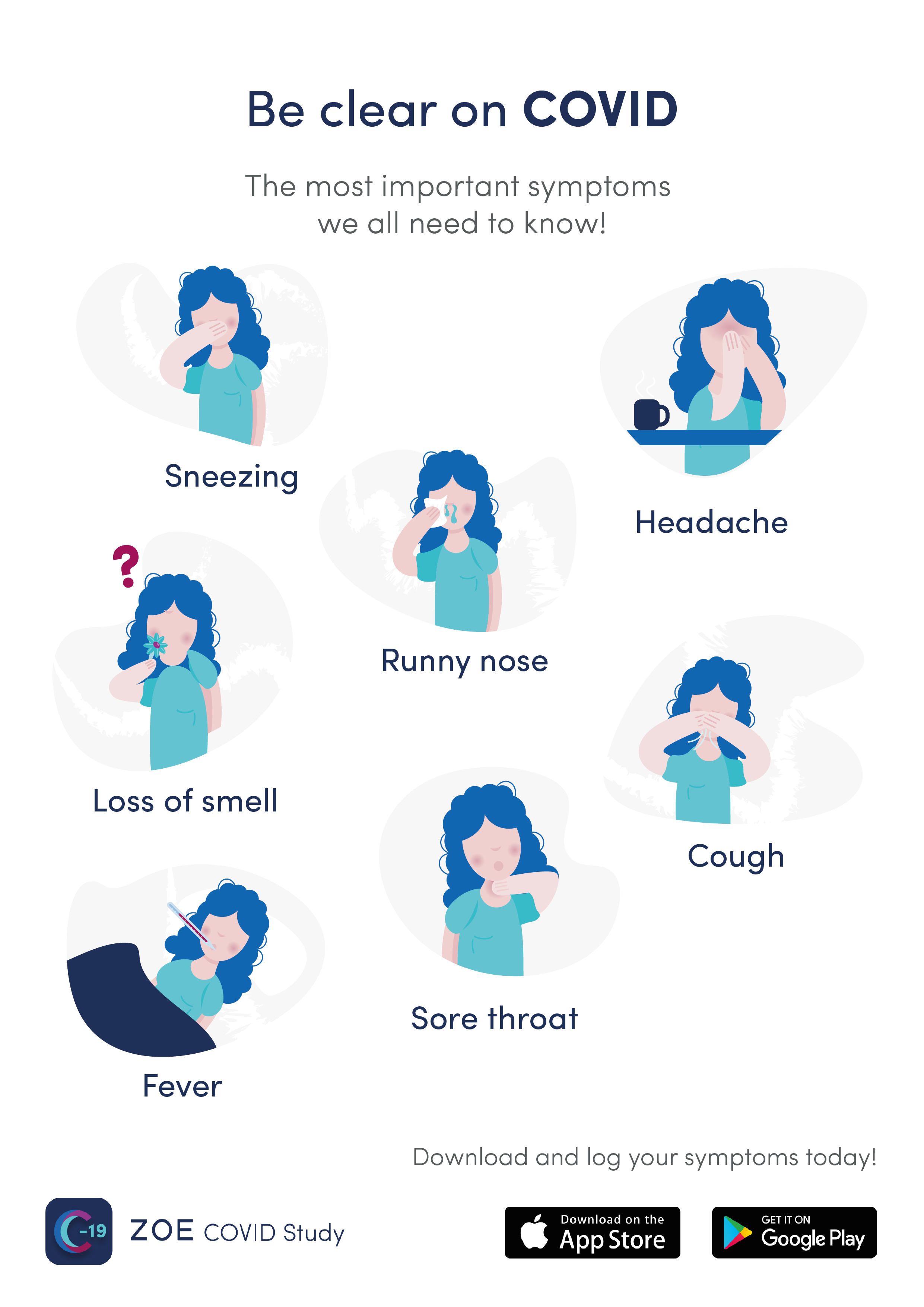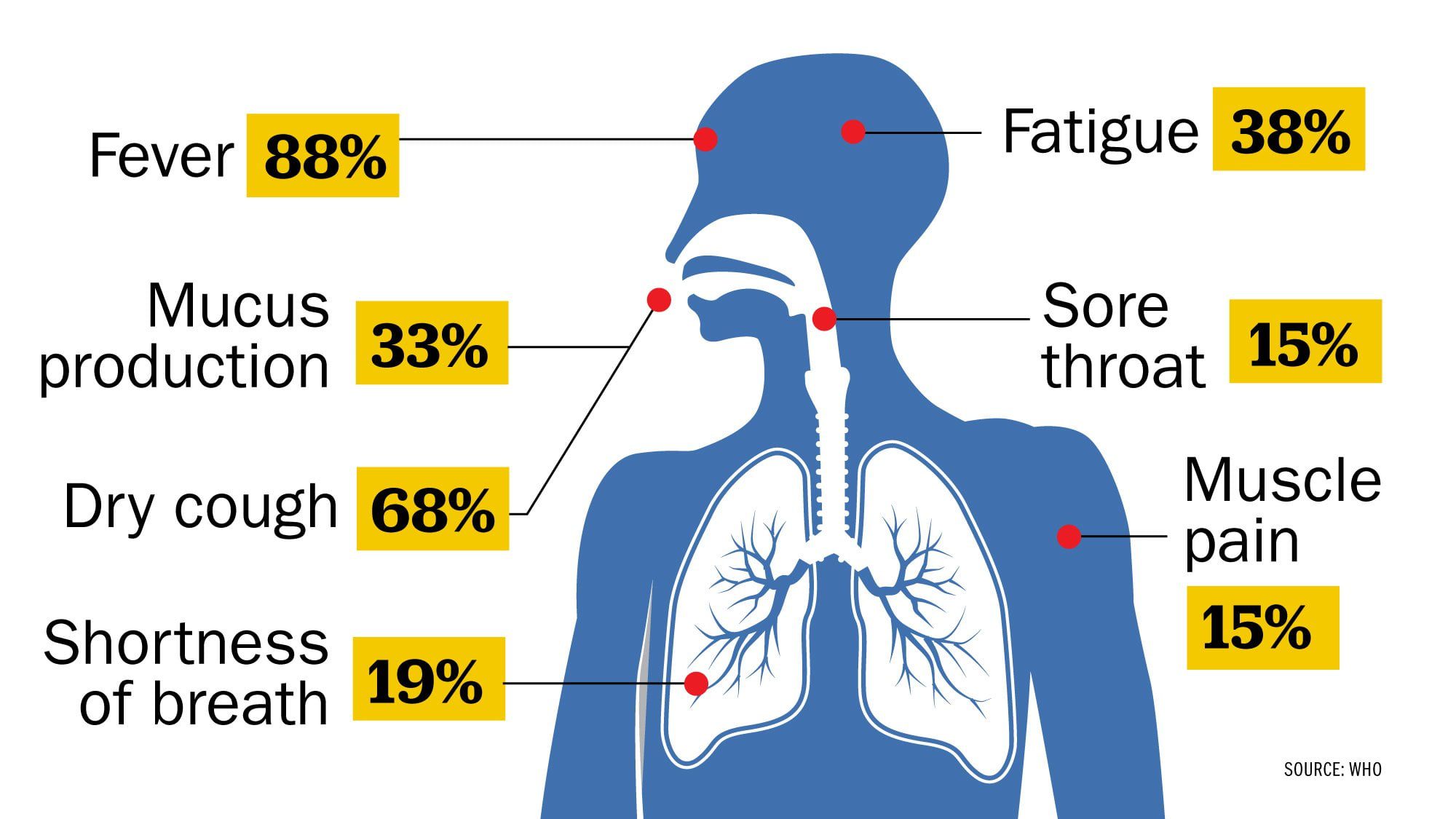
The North East was the first English region to reach its peak COVID-19 positivity (3.20% on 21 July 2021). In the period when the Alpha variant was dominant (18 December 2020 to ), the percentage of people testing positive for coronavirus (COVID-19) peaked across all English regions in January 2021.ĭuring the period when the Delta variant was dominant (22 May to 19 December 2021), the percentage of people testing positive for COVID-19 remained relatively high across all regions from July to December 2021. The data used in the chart come from our Coronavirus Infection Survey, National flu and COVID-19 surveillance reports and our Deaths registered weekly in England and Wales, provisional bulletin. The number of deaths in each region will be affected by population size and do not necessarily reflect the rate of deaths. Deaths figures are the number of deaths registered in the time period. There is a delay between a person becoming infected with COVID-19 and being admitted to hospital or dying, and this is reflected in the lags in trends. In the same week, deaths involving COVID-19 increased in the North West, East of England, and South West. In the week ending 17 March 2023, deaths involving COVID-19 decreased in the North East, Yorkshire and The Humber, East Midlands, West Midlands, London, and the South East.

In the same week, admission rates decreased in the West Midlands and East of England, and remained similar in the North West. In the week ending 19 March 2023, overall hospital admissions of patients with confirmed COVID-19 increased in the North East, Yorkshire and The Humber, East Midlands, London, South East and South West. Uncertainty around regional estimates is higher than for England overall. In the week ending 13 March 2023, the infection rate increased in the North West, East Midlands and South East, and the trends were uncertain in the North East, Yorkshire and The Humber, West Midlands, East of England, London, and South West.
Symptoms covid 19 omicron download#
Read more about this in our Prevalence of ongoing symptoms following coronavirus (COVID-19) infection in the UK bulletinĮmbed this interactive Copy Download the data For more details of these changes, see our Measuring the data section of the release. As a result, these estimates cannot be compared with those published before 6 October 2022. There has been a change in the way the data are collected. Those with another activity-limiting health condition or disability Those aged 16 years and over and who were not working or not looking for work Self-reported long COVID was more common in: Symptoms adversely affected the day-to-day activities of 1.5 million people, or 79% of those with self-reported long COVID, with 381,000 (20%) reporting that their day-to-day activities had been “limited a lot”.


The most common long COVID symptom continued to be fatigue (72% of those with self-reported long COVID), followed by difficulty concentrating (51%), muscle ache (49%), and shortness of breath (48%). Over one-third (41%) reported experiencing symptoms for at least two years. Over two-thirds (69%) reported experiencing long COVID symptoms for at least one year. Of those, around 9 in 10 (92%) first had (or suspected they had) COVID-19 at least 12 weeks previously. Around 1.9 million people in the UK were experiencing self-reported long COVID as of 5 March 2023Īn estimated 1.9 million people in private households in the UK (2.9% of the population) were experiencing self-reported long COVID as of 5 March 2023.


 0 kommentar(er)
0 kommentar(er)
